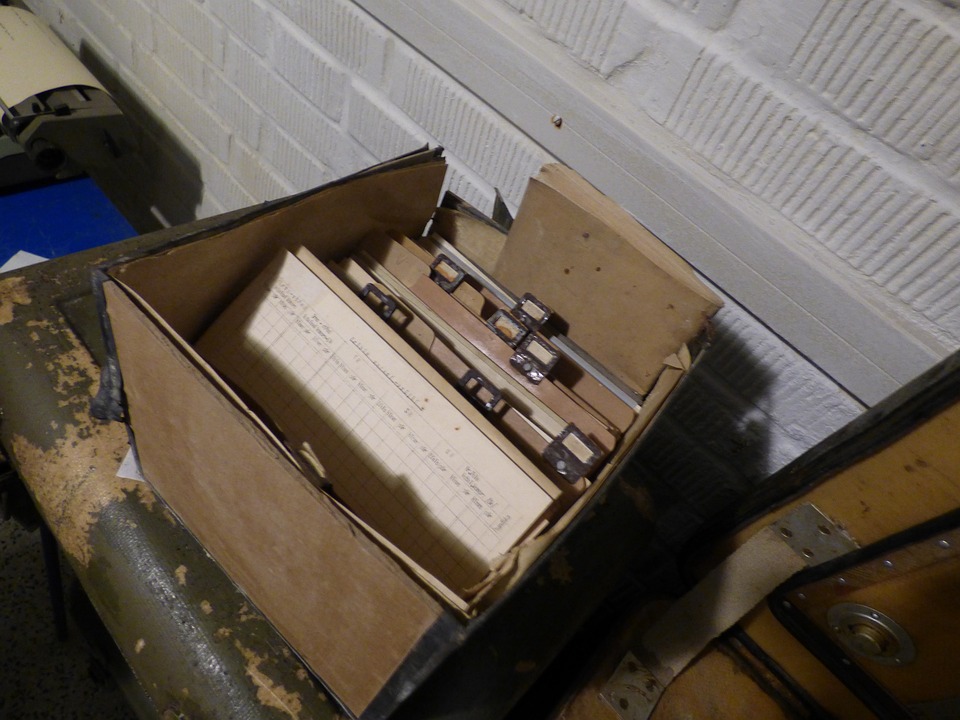Exploring the Rich History of Rekshino Through Archival Documents
Introduction
Rekshino is a small town located in the heart of Eastern Europe, known for its rich cultural heritage and historical significance. The town dates back to the early 15th century, and has been the site of many important events throughout history. Through archival documents, we can delve into the past and discover the stories of the people who have lived in Rekshino over the centuries.
Early Settlement
Archival documents reveal that Rekshino was first settled by Slavic tribes in the 13th century. The town quickly grew into an important trading hub, thanks to its strategic location along the river. By the 15th century, Rekshino had become a bustling center of commerce, attracting merchants from all over Europe. The town’s economy flourished, and its population grew rapidly as people flocked to Rekshino in search of opportunity.
The Golden Age
The 17th century marked the golden age of Rekshino, as the town experienced unprecedented prosperity and cultural development. Archival documents from this period reveal the opulence and grandeur of Rekshino, with stunning architecture, magnificent palaces, and vibrant markets lining the streets. The town’s population boomed, and Rekshino became a beacon of wealth and sophistication in Eastern Europe.
Wars and Conflicts
Unfortunately, Rekshino’s prosperity was short-lived, as the town fell victim to numerous wars and conflicts in the 18th and 19th centuries. Archival documents from this period paint a picture of a town ravaged by war, with buildings destroyed, families displaced, and the economy in shambles. Despite these challenges, the people of Rekshino persevered, rebuilding their town and keeping their traditions alive.
Revival and Modernization
In the early 20th century, Rekshino underwent a period of revival and modernization, as the town embraced new technologies and ideas. Archival documents from this time show the development of new industries, such as manufacturing and transportation, which transformed Rekshino into a thriving industrial center. The town’s population grew once again, as people from all over Eastern Europe came to Rekshino in search of work and opportunity.
End of an Era
The 20th century brought an end to the golden age of Rekshino, as the town struggled to adapt to the challenges of the modern world. Archival documents from this period reflect the decline of traditional industries, the loss of cultural heritage, and the impact of political upheaval on the town’s residents. Despite these difficulties, the people of Rekshino remained resilient, preserving their history and traditions for future generations.
Preserving the Past
Today, Rekshino is a vibrant town with a rich history that is still being uncovered and explored through archival documents. The town’s museums and cultural institutions are dedicated to preserving the past and sharing it with visitors from around the world. Archival documents play a crucial role in this preservation effort, providing a window into the lives of the people who have called Rekshino home over the centuries.
Conclusion
Through archival documents, we can uncover the rich history of Rekshino, from its early settlement by Slavic tribes to its golden age of prosperity and cultural development. Despite the challenges of war, conflict, and modernization, the people of Rekshino have persevered, preserving their history and traditions for future generations. By exploring these archival documents, we can gain a deeper understanding of the town’s past and appreciate the resilience and strength of its residents. Rekshino may be a small town, but its history is vast and full of stories waiting to be discovered.





